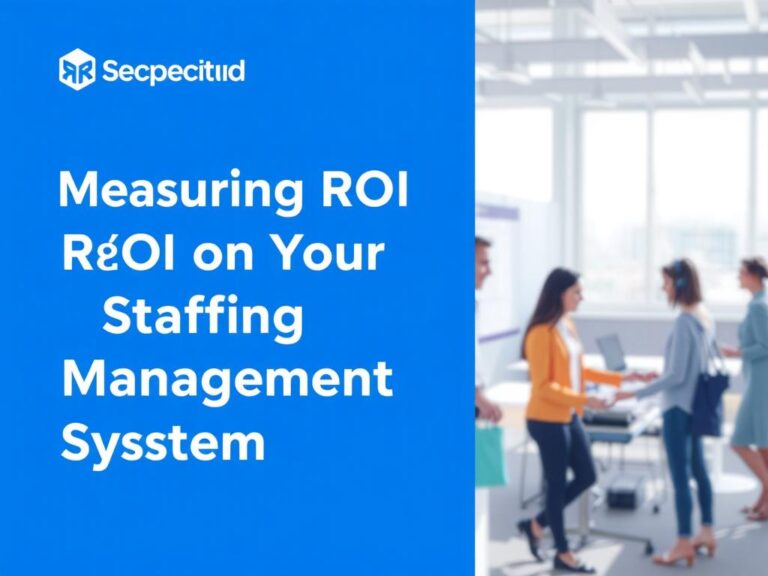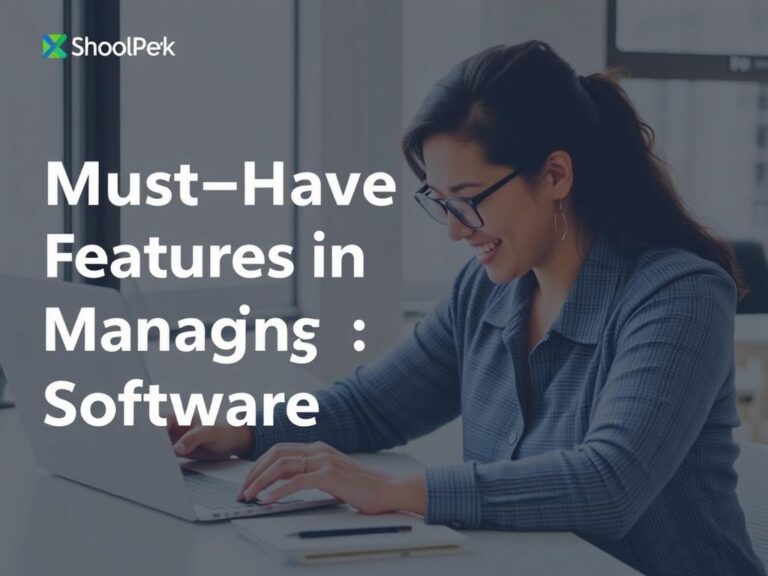Automating Talent Acquisition with Staffing Management Tools: Revolutionizing Recruitment
Understanding Talent Acquisition in Today’s Workforce
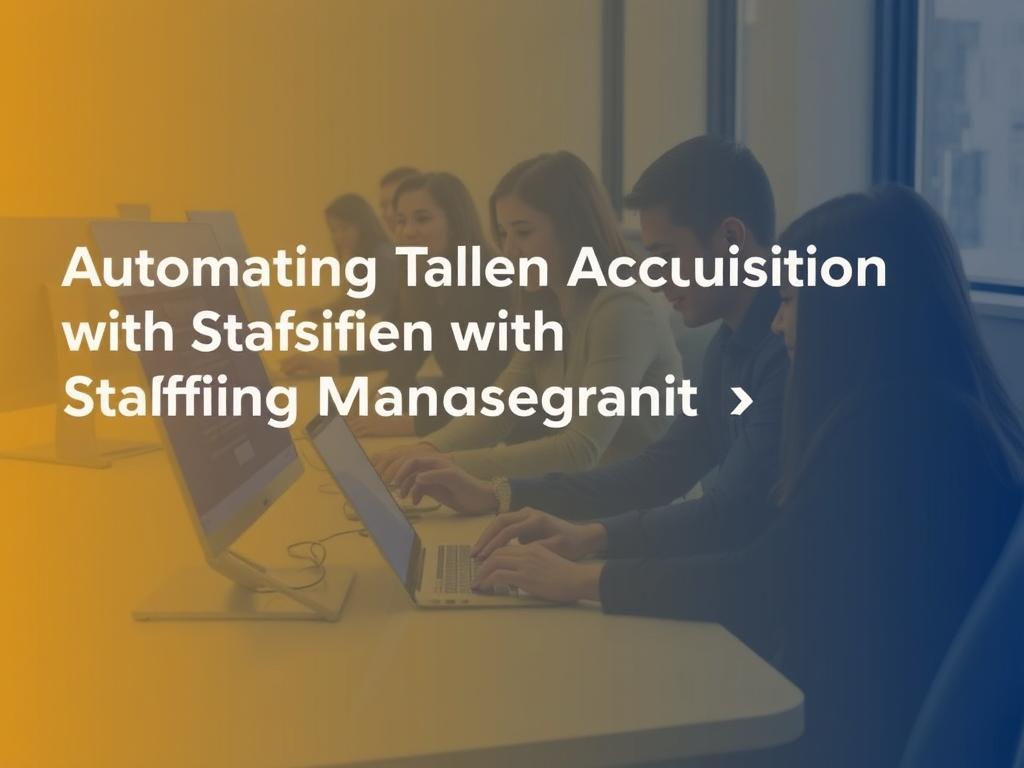
In the fast-paced world of business, attracting and hiring the right talent is more critical than ever. Talent acquisition isn’t just about filling open positions; it’s about strategically sourcing, recruiting, and onboarding candidates who align perfectly with your company culture and long-term goals. Traditional hiring processes often involve tedious manual work—sifting through countless resumes, scheduling interviews, and maintaining a database of candidate information. This is where automating talent acquisition with staffing management tools truly shines, transforming these once time-consuming steps into efficient, streamlined workflows.
When companies adopt these modern systems, the recruitment cycle speeds up significantly. Automated job postings, AI-driven candidate screening, and seamless communication channels between recruiters and applicants help eliminate bottlenecks in the hiring funnel. More importantly, the precision staff management tools bring can improve the quality of hires by utilizing data and analytics to match candidates with roles based on skills, experience, and cultural fit rather than just keywords on a resume.
The Role of Staffing Management Tools in Automating Recruitment
Staffing management tools serve as the backbone for automating talent acquisition. These platforms integrate various functionalities—applicant tracking, candidate relationship management, interview scheduling, and reporting—into one user-friendly system. Let’s explore some of the core components that make these tools indispensable:
- Applicant Tracking System (ATS): Helps recruiters track applicants through every stage of the hiring process, ensures no candidate gets overlooked, and stores detailed candidate profiles.
- AI-Powered Resume Screening: Uses artificial intelligence to scan resumes, highlight relevant qualifications, and rank candidates, dramatically reducing the recruiter’s workload.
- Automated Communication: Sends emails, interview reminders, and follow-ups automatically, keeping candidates engaged and informed without manual effort.
- Interview Scheduling: Allows candidates to book interviews directly based on recruiter availability, minimizing back-and-forth emails.
- Analytics and Reporting: Provides real-time data on recruitment metrics—time to hire, source effectiveness, candidate demographics—helping managers make informed decisions.
These staffing management tools not only speed up hiring but also improve the recruitment experience for candidates, strengthening your employer brand.
Key Benefits of Automating Talent Acquisition
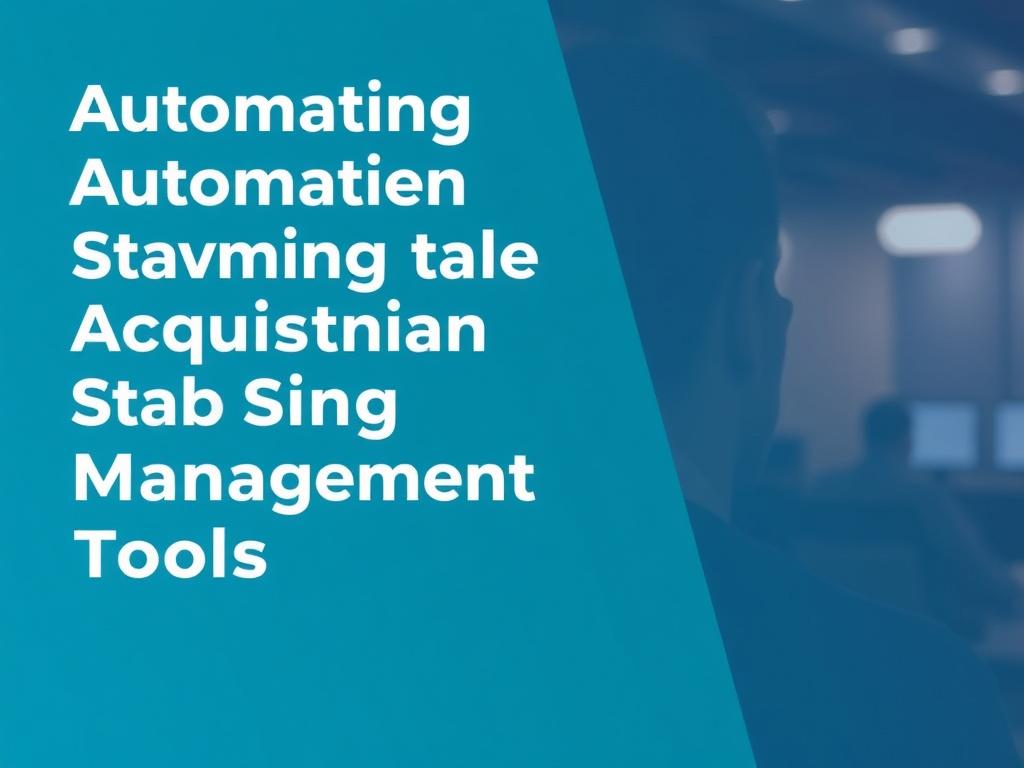
The shift towards automating talent acquisition yields numerous advantages that impact both the human resources team and the organization as a whole. Here’s a detailed look at some of the most compelling benefits:
| Benefit | Description | Impact |
|---|---|---|
| Increased Efficiency | Automation reduces manual, repetitive tasks, speeding up the recruitment cycle. | HR teams can focus on strategic activities rather than paperwork. |
| Improved Candidate Quality | AI enhances candidate matching based on skills and experience, not just keywords. | Better hires lead to reduced employee turnover. |
| Enhanced Candidate Experience | Automated communication keeps candidates informed and engaged throughout the process. | Positive candidate interactions boost your employer reputation. |
| Data-Driven Decisions | Real-time analytics provide insights to optimize recruitment strategies. | Hiring managers can allocate resources more effectively. |
| Cost Savings | Faster hiring cycles and fewer bad hires reduce overall recruitment costs. | Budgets can be reallocated to employee development and retention. |
These advantages demonstrate why more businesses are adopting staffing management tools to automate their talent acquisition efforts.
How to Choose the Right Staffing Management Tool for Your Organization
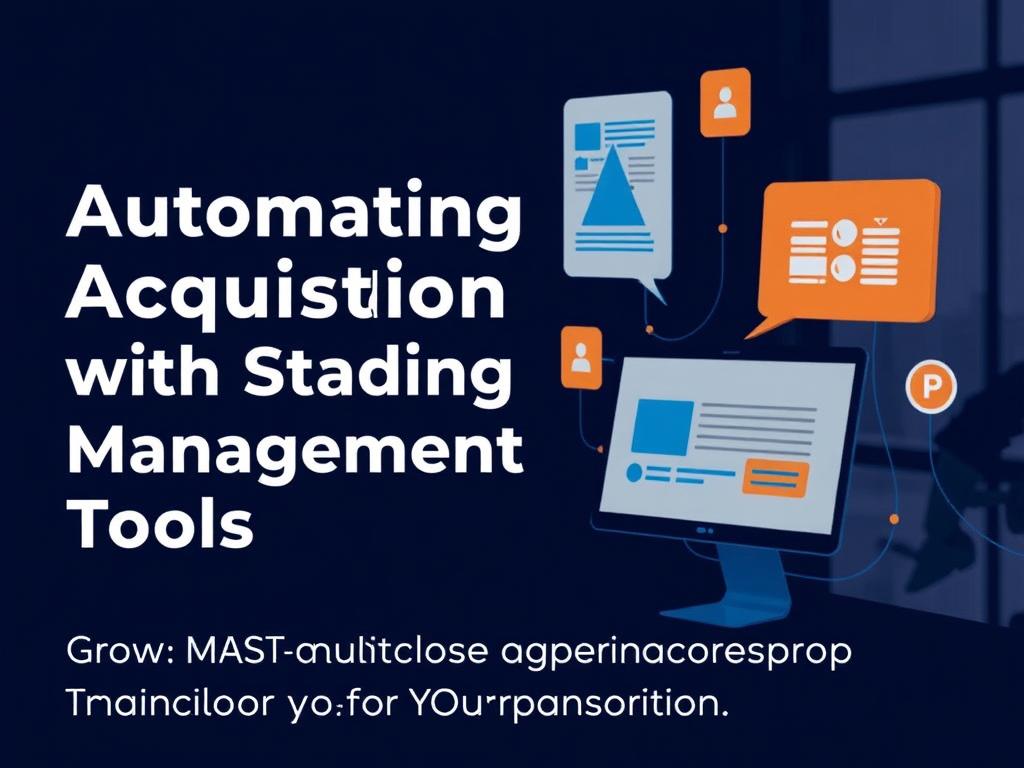
Not all staffing management tools are created equal, and selecting the right one for your company is crucial to maximizing the benefits of automating talent acquisition. Consider the following factors to make an informed decision:
- Integration Capabilities: The tool should seamlessly integrate with your existing HRIS, payroll systems, and communication platforms to avoid data silos.
- User Experience: A straightforward and intuitive interface for both recruiters and candidates ensures adoption and minimizes training.
- Customization: The ability to tailor workflows, job templates, and candidate evaluations to fit your unique recruitment needs is essential.
- AI Features: Look for advanced AI modules for resume screening, chatbots for candidate interaction, and predictive analytics to anticipate recruitment outcomes.
- Scalability: The tool should grow with your organization, accommodating increased hiring volumes and multiple departments.
- Compliance and Security: Ensure that the tool complies with relevant labor laws and GDPR regulations, protecting candidate data.
Taking time to evaluate these aspects will help you choose a staffing management tool that supports your long-term talent acquisition strategy.
Popular Staffing Management Tools to Consider
Here’s a quick overview of some well-regarded platforms currently shaping the recruitment landscape:
| Tool | Key Features | Best For |
|---|---|---|
| Greenhouse | Robust ATS, interview kits, easy integration, candidate scorecards | Mid-to-large enterprises focused on data-driven hiring |
| Lever | CRM capabilities, automated outreach, strong collaboration tools | Companies emphasizing candidate relationships |
| Workday Recruiting | End-to-end HR suite integration, AI screening, mobile-friendly | Large enterprises needing full HR ecosystem integration |
| Breezy HR | Drag-and-drop pipeline, video interviews, automated messaging | Small to medium businesses seeking simple interfaces |
This list is by no means exhaustive but offers a starting point for your search.
Best Practices for Implementing Staffing Management Tools
Introducing automation tools into your recruitment process requires careful planning and training to ensure success. Here are some best practices to guide implementation:
- Assess Your Current Process: Map out your existing hiring workflow to identify pain points and specific goals for automation.
- Involve Stakeholders Early: Engage recruiters, hiring managers, and IT teams to gather input and foster buy-in.
- Provide Training: Conduct comprehensive training sessions to familiarize users with new features and workflows.
- Test and Iterate: Pilot the tool with a small group before full rollout, and gather feedback for adjustments.
- Maintain Open Communication: Keep all team members informed about the rollout timeline, updates, and best practices.
- Monitor Metrics: Track key performance indicators like time-to-hire and candidate satisfaction to measure impact.
Following these steps can smooth the transition to an automated talent acquisition system and maximize returns.
Conclusion
Automating talent acquisition with staffing management tools offers an incredible opportunity for companies to revolutionize their recruitment efforts. By adopting the right technology, businesses can streamline processes, attract higher-quality candidates, enhance the applicant experience, and make smarter hiring decisions based on data analytics. While choosing and implementing these systems requires thoughtful consideration and planning, the payoff is clear: a more efficient, effective, and strategic approach to building the workforce of tomorrow. As the talent market grows increasingly competitive, leveraging staffing management tools to automate your talent acquisition isn’t just an option—it’s a necessity for staying ahead in the race for exceptional talent.


